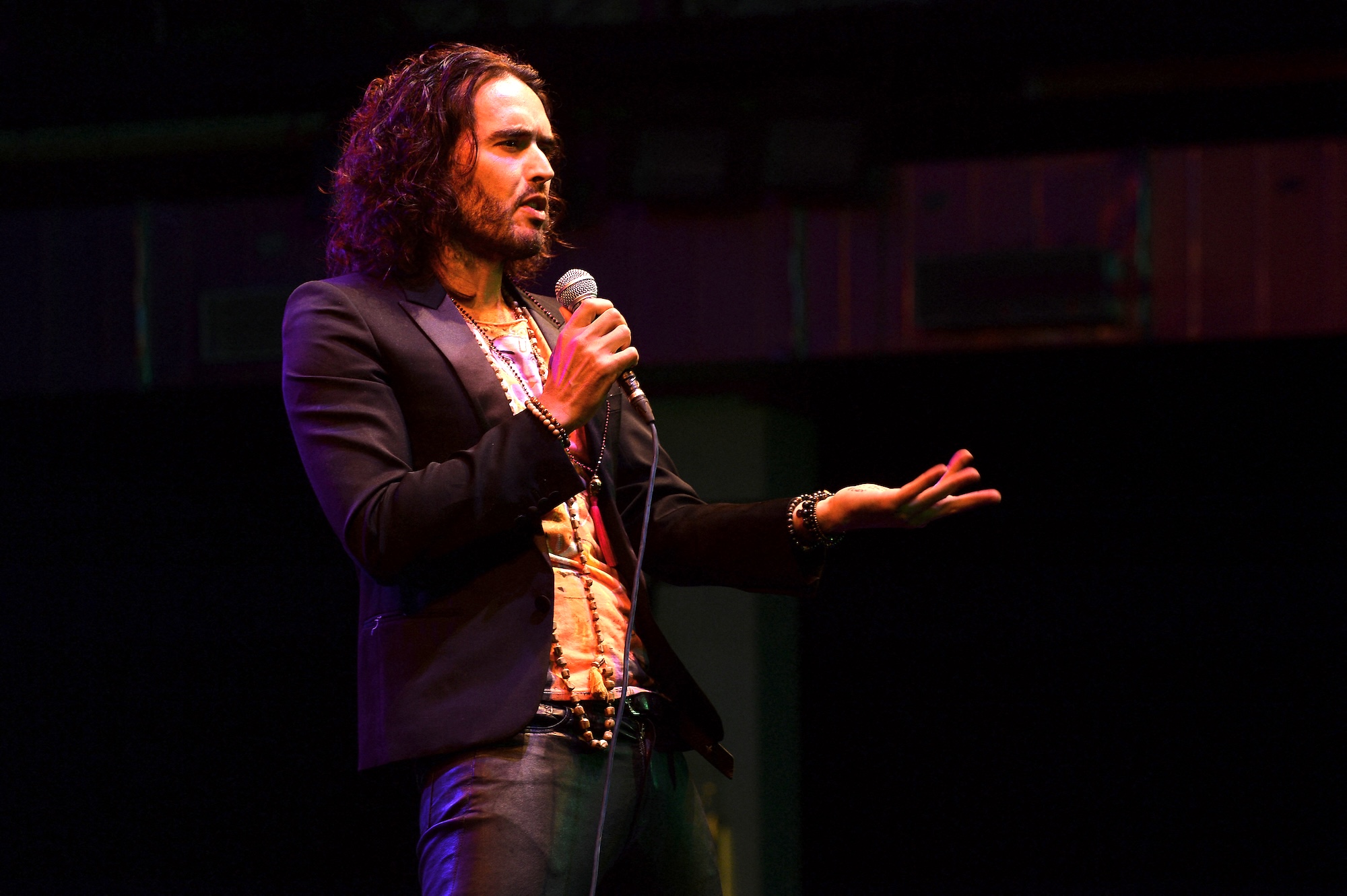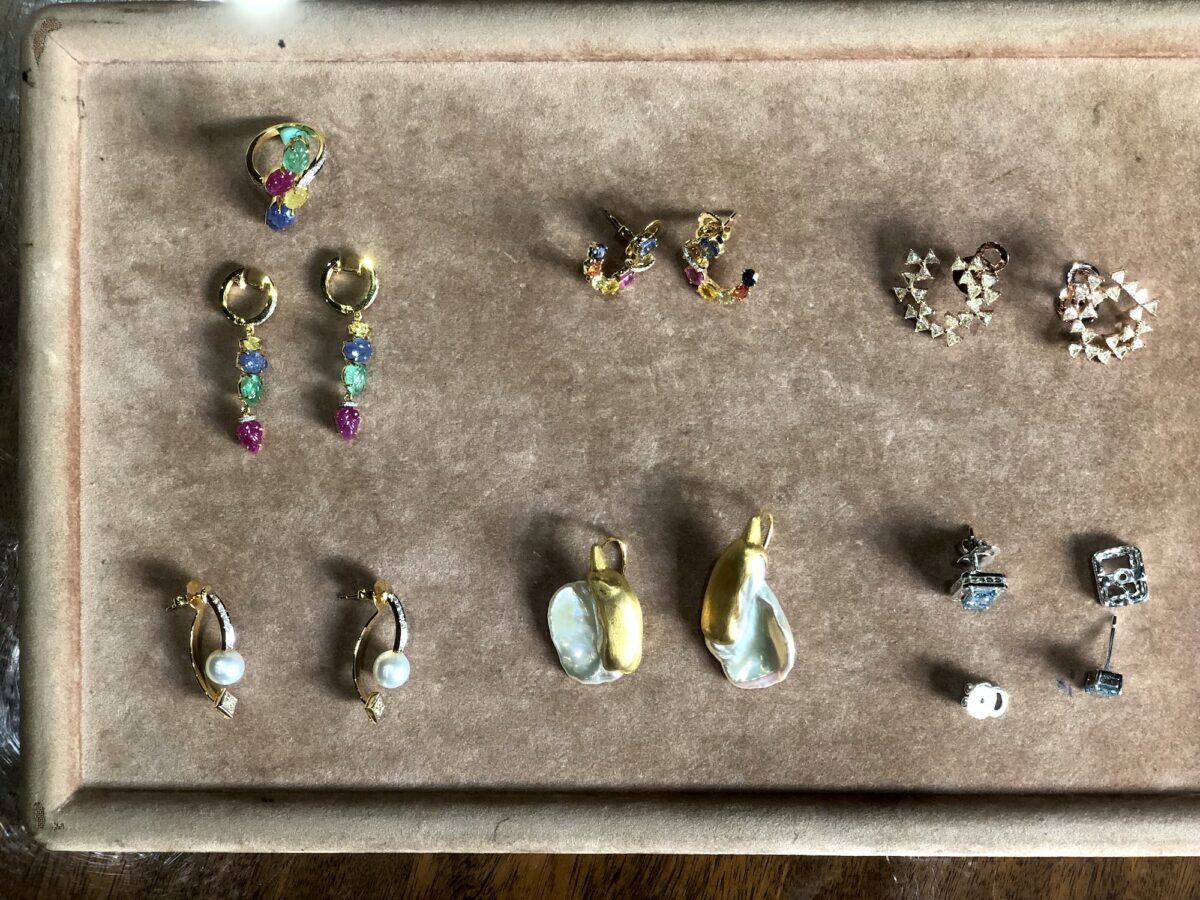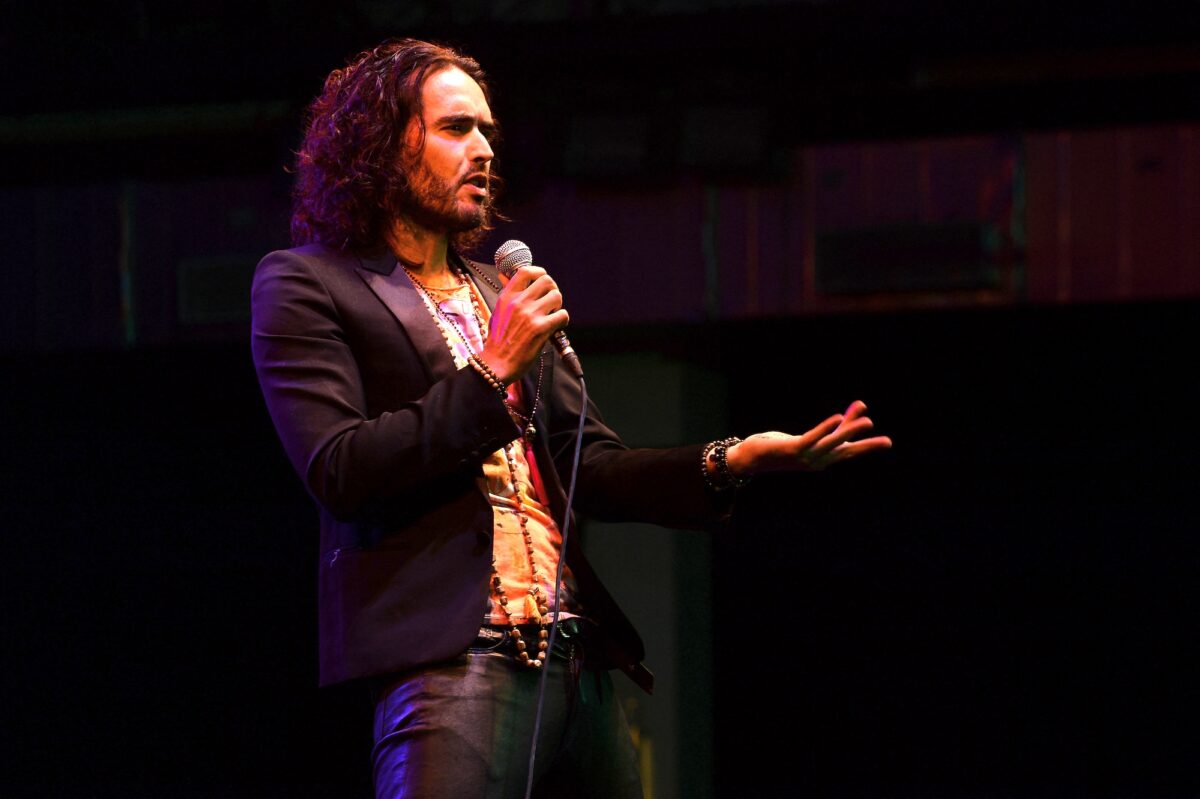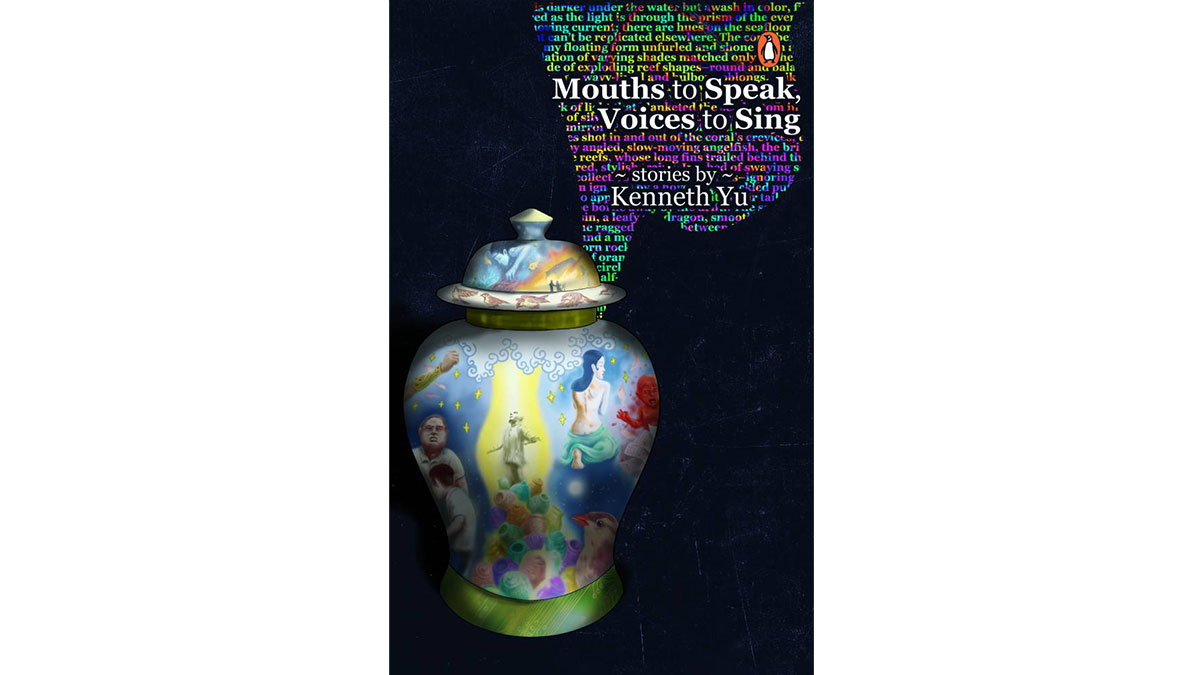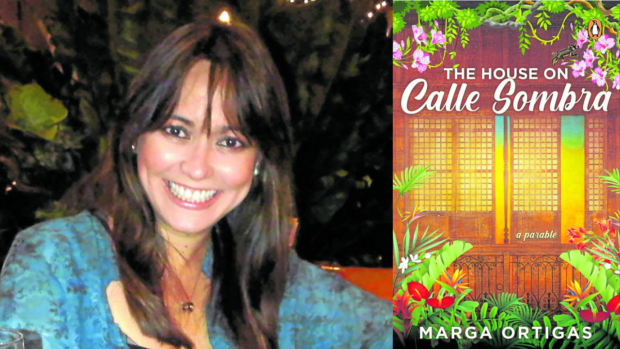
The ever overly inquisitive and tenacious Marga Ortigas (or so she’s told) has never been afraid to try out something new. Back when she was a few years old, her parents took her to a Japanese restaurant, and she was so fascinated by the chef using the misono grill, she put her tiny palm down on the grill.
“I spent the rest of the meal with my scalded hand in a bowl of ice,” she told Lifestyle. “But that didn’t put me off eating all this wonderful new food that was magically cooked by a shiny table.”
There was also an incident with an electric fan that was thankfully aborted by her father’s quick thinking.
Ortigas was still in college at Ateneo de Manila University when she became one of GMA 7’s three first newsbreak anchors. “I didn’t plan to become a journalist—but I followed the road that opened up, and took it one step at a time,” she said.
A full-time stint at GMA was followed by tours of duty with the Probe Team, CNN in London and Al Jazeera English. All this took her across Europe, Asia, the Middle East, the United States and Brazil. “It also took me to Iraq in the early days after ‘Shock and Awe,’ as it dealt with the fallout of the second Gulf War.”
It was yet another pioneering move to go from the ubiquitous CNN in 2015 to join the nascent Al Jazeera English, which people had been initially wary of.
“Trying to set up a bureau in Manila, what I kept getting—even from those in supposedly the most informed sectors—was: ‘What? Why would you join al-Qaida?’ I had to do a lot of explaining in those early days. But the birth of Al Jazeera English was big news in the industry and much anticipated in Europe, where I was living at the time, plus I knew the Al Jazeera Arabic team in Baghdad from my time there. So, I had faith in the channel, and the people we were with when it started.”
As a journalist, Ortigas was proud to have been recognized by International Committee of the Red Cross for Humanitarian Reporting for her reportage on Mindanao.
“Honestly, for a journalist like me, doing the stories we did, it was such a great honor, totally unexpected, too, as I hadn’t even realized we had been put up for it. From our first days on air, we did a lot of stories around the conflict in Mindanao. The reports were in-depth, gave context, were nonsensationalist and consistent. We didn’t just go a few times and were done with it, but truly made an effort to tell the continuing story of the challenges faced by the people in the restive regions of the southern Philippines.”
But there was something else that Ortigas longed to do. “After almost 11 years with Al Jazeera English, where I was a senior correspondent, I put down the mic and the reporter’s notebook to take on a different writing enterprise.”
Ortigas, you see, had always wanted to write creatively “since I could pick up a pen; I would have been a creative writer from the get-go had I not stumbled into journalism,” and had always dreamt of writing a novel. So, as she always does, she did.
“The House on Calle Sombra: A Parable” (Penguin Random House SEA, Singapore, 375 pages) is an impressive but also operatic first novel, one of family pride and ruin, as well as a country’s rise and fall. If Isabel Allende decided to set her first novel in the Philippines, this is the kind of novel she would write.
“Calle Sombra” (very roughly translated to “street in shadow” in Spanish) is the multigenerational tale of the Castillo de Montijo family. It begins with the fateful escape of Spaniard Federico Julian Castillo with the aid of the Muslim guerrilla Fatimah from the Japanese during World War II. The two fall in love, and after war’s end, build a new life, run successful enterprises and build the large, opulent house of the title. Most of all, Don Federico and Doña Fatima raise a family, among them activist Maca, Negros-based Alma, partygoing Cova and carefree Freddie.
But Doña Fatima, plagued by nightmares of the war, builds Calle Sombra into a fortress, with hidden doors to hidden rooms and tunnels running under the house out into the city.
“Calle Sombra” also shows how the house reflects the secrets within secrets as well as the changes in the lives of the Castillo children as the years go by; it is both addictive and heartbreaking. Around them, the country falls into a darkness of its own. Readers will easily see the parallel Philippine history Ortigas builds in, but stick around till the end to find out what really happens.
Ortigas does a great job of crafting flawed and believable characters; readers will have to keep close attention to keep track of them all. It is both epic in scale and also scarring in its proximity, what with the family motto, “La Familia Primero: Unida y Protegida (Family First: United and Protected).”
Ortigas said it took five years from the time she first started writing “Calle Sombra” to its release. She battled self-doubt but enjoyed the silence, describing days when she did not sleep, but which were also “all so incredibly exhilarating, like I finally slipped into my own skin.”
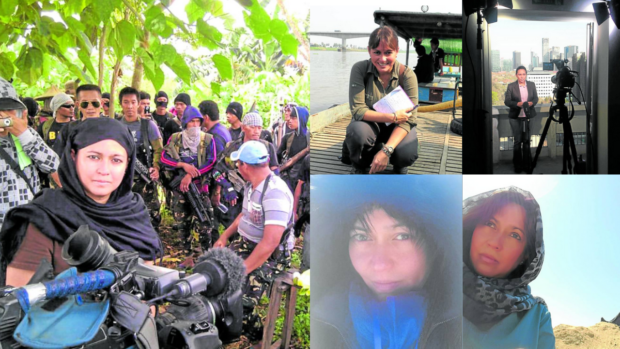
Lifestyle interviewed Ortigas via email. Here are excerpts:
How and when did you wind up writing ‘The House on Calle Sombra?’
I have been in the process of writing it for years. Bits and bobs collected and gathered everywhere I’ve been and through everything I’ve seen. But it wasn’t until after I left broadcast news that I dared try to put something down. I took a breather and told myself I should finally get to it, pursue that childhood dream of getting a manuscript published. Maybe I had also reached an age where I felt like I actually had something to say? I spent nearly three decades trying to make sense of other people’s stories and putting it on the news—and I loved that. But I began to feel like it was time to shift from crafting factual tales and take on the creative lines that had always toyed with me and lingered somewhere in the back of my mind. And there you have it. In some nearly 400 pages!
One of the most impressive elements in ‘Calle Sombra’ is how seamlessly you melded your journalistic eye for detail and your more gothic sense of sprawling, multigenerational storytelling. Did you plan all that out or was it more organic, emerging as you wrote it?
A combination of both, really. I did have a very, very rough outline—just chapter breakdowns, with timelines and bullet points. But I am very much a believer of frame and flow, putting down a draft framework but being ready to go where the words flow, because they do take on a life of their own once strung together on a page. I am very mindful of how words work when placed next to each other and what rhythms they produce when read. So, I can literally agonize over word choice for hours. Over something as seemingly simple as how most effectively to describe a tree. And then, there are times when the sentences pour out like water dancing over stones in a brook. Overall, though, I suppose the style and tone of “Calle Sombra” emerged in the writing. I definitely didn’t have it all in mind beforehand.
Please tell us how ‘Calle Sombra’ was chosen to be published by Penguin SEA.
I had read online that Penguin Random House had opened a division in Singapore to bring stories from Southeast Asia to the rest of the world. I Googled the editor, read everything I could find about them and the company, and of course, I Googled the company website, where I saw that they were actively seeking submissions from writers in the region. So, I sent them an email—and heard nothing back for almost half a year. I nearly deleted the email without reading it when I heard from them as I thought it might have been a rejection. Thank goodness, it wasn’t.
‘Calle Sombra’ is structured around the history of the Philippines. Why choose this element for the book?
I had always wanted it to be a family story set firmly in the context of the society it was in. I broke it down to important family moments—births, weddings, deaths—and national events: post-World War, internal conflicts, authoritarian regimes. Family traumas mirroring national ones. A fictionalized history—shared by many countries—that defines generations. These national traumas, if you will, might have distinct details, but at their core, they are the same. The violence and the damage they might do to the national psyche are the same. So, I chose those three eras and fictionalized them in the book’s timeline, but they will likely resonate with readers because their spirit is true. What happens within a family, the generational traumas, are mirrored in society—and vice versa, until the cycle is broken. The nation, after all, is but a larger family with its own set of traumas that repeat themselves. And they will keep repeating until lessons are learned and the trauma is healed or outgrown.
You have chosen to call your book a parable rather than a novel. Why so?
I wanted to immediately give the reader context. A framework through which to read the text. This was going to be a cautionary tale told with a sense of whimsy, allegorical and not taken literally. Plus, the word “parable” evokes a certain expectation of the magical or fantastic.
My favorite element of the book is how the house is virtually a character in itself, with its secrets within secrets, history within history.
In many societies, but particularly in the Philippines where this story was born, identity is so closely tied to one’s homestead. Where they are from. The home they were raised in. Who their parents are, who they are connected to. Literally, one’s roots. And these homes—be they the mansions that populate the gated villages or the more modest abodes spread across the provinces—are usually handed down through generations as both an inheritance and often, a curse. So, the house I rooted this family in was really one of the clearest elements to me when I began writing “Calle Sombra.” So much so it’s the very title of the text, and the only way I could begin the story.
You have such a big cast of characters. How did you keep track of them and keep them distinct during the writing? Did you require a flowchart or a written guide?
I did! The very first thing I drafted was a family tree—to keep track of everyone and where they were each at in the intermingling timelines. Then I also put together an album with photos of what I envisioned each character to look like. I find that when I can physically see a character, it is much easier to feel their personalities. Toward the end of the book, I felt like they had taken on a life of their own and I was just taking dictation. Also, there is no family tree in the book for a reason—it is so much more fun to discover the characters and their connections to each other as you go along. Putting in a tree defeats that purpose. At least for this book.
‘Calle Sombra’ was also effectively told in three languages—English, Filipino and Spanish.
It’s a reflection of the people on the islands. In such a postcolonial world, there is unavoidably the intermingling of cultures, of languages, of beliefs. Creating its own unique mix-mash DNA. It seemed but right to reflect that in a story about such a world.
So how different was it writing creatively, compared to journalism?
For me, not so much. I have always used the tools of one trackling the other, and vice versa, the only difference being in the scientific truthlfulness of the subject matter. One dealt in incontrovertible facts, regardless of wwhat some people may want you to think, and the other, in fiction. But there is nothing behind any fiction that is a lie.
How does it feel to have written your first novel, something most fictionists dream about?
Frankly, I still can’t believe it. When I see the book out there — with my name on it — well, I just wish my parents had been there to see it.
What is next for you? What are you working on now? Another novel, maybe?
I am working on another novel! Again, an idea that I had been toying with for quite some time — and finally, I think I feel taking shape. I already have the characters — and I have cast them in photos — so they’re real to me now. I just need to find the space and the silence to get cracking. Aside from that, I consult and teach young journalists, where asked. I conduct workshops, teach writing, give lectures, the like. Time to pass on knowledge gained from eperience.
Where are you in the world right now and whatare you doing?
The pandemic caught me in Manila. It’s actually the longest I’ve been in the Philippines since I started working for internation al news networks. I left for a bit around when things opened up late last year, but I am here now, likely to leave again shortly, though.
What would you like readers to take with them after reading ‘Calle Sombra?’
First, I want them to enjoy the read. To be able to speed through the pages, to want to know where the story goes, and then want to go back and reread passages that may have stood out for them. Ultimately, I hope to hold up a mirror to the reader, maybe make them reveal parts of themselves or people they know. To face uncomfortable circumstances in the safety of a fictional frame. To challenge themselves and what they believe. And to explore how they feel about the world they’ve built around them. Then—maybe—prompt a
change.
Available from National Book Store branches, nationalbookstore.com, Shopee, Lazada.


